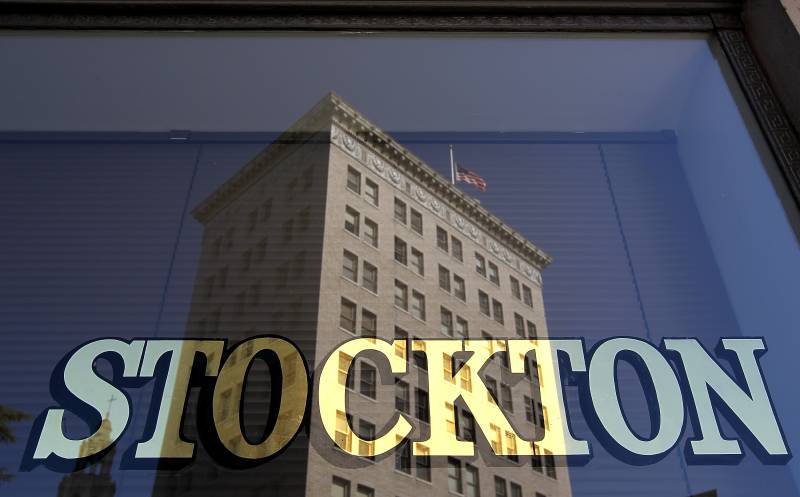Since early 2019, 125 random Stockton residents have been receiving $500 a month to spend however they want. And while the final data hasn’t been released yet, we’re starting to learn a little more about how that money was spent.
As many in the Bay Area struggle to pay rent or for basic needs because of the coronavirus pandemic, what can we learn from this experiment in Stockton?
Guest: Rich Ibarra, correspondent for Capital Public Radio and longtime Stockton resident
This episode has been updated to more accurately reflect the sources of funding for Stockton’s SEED program, including the Economic Security Project.

